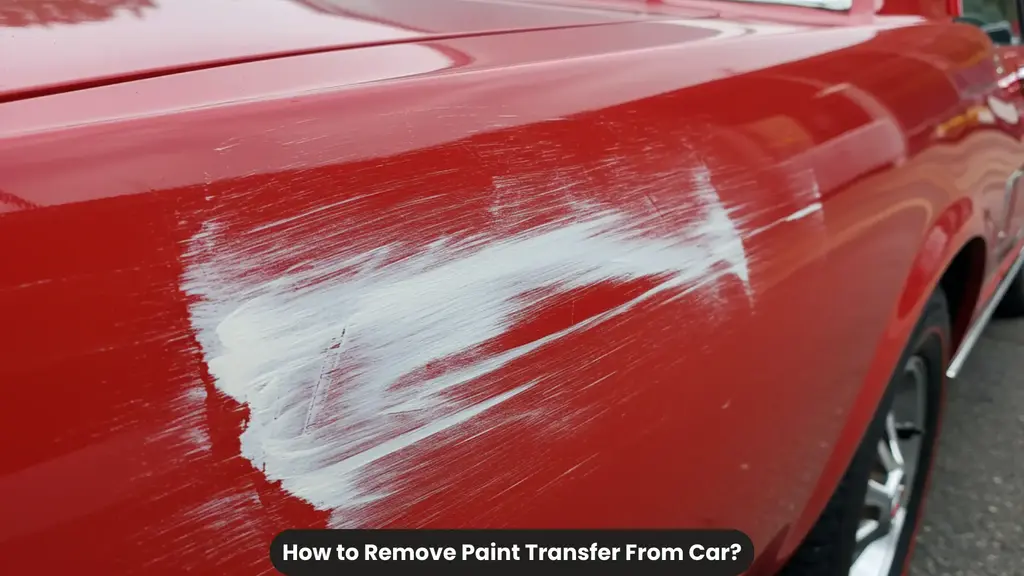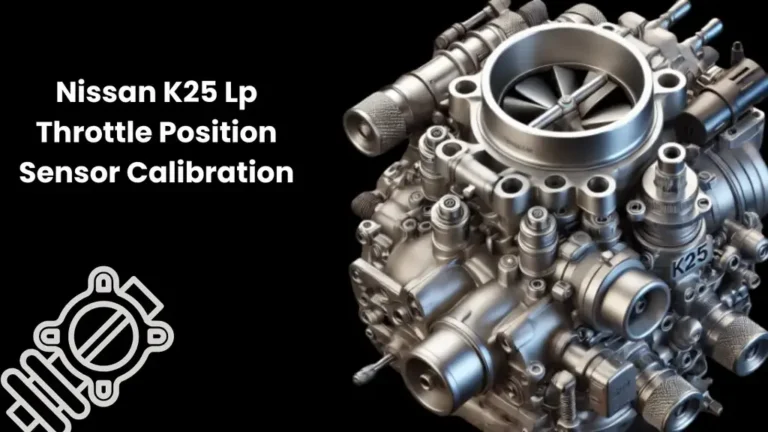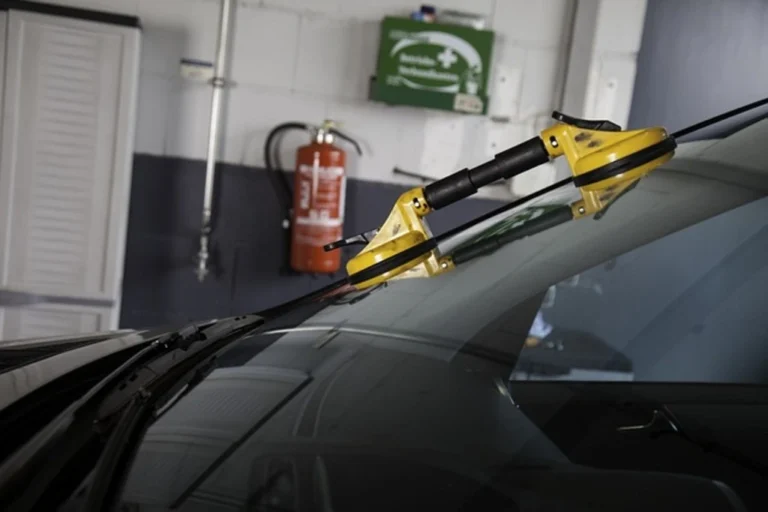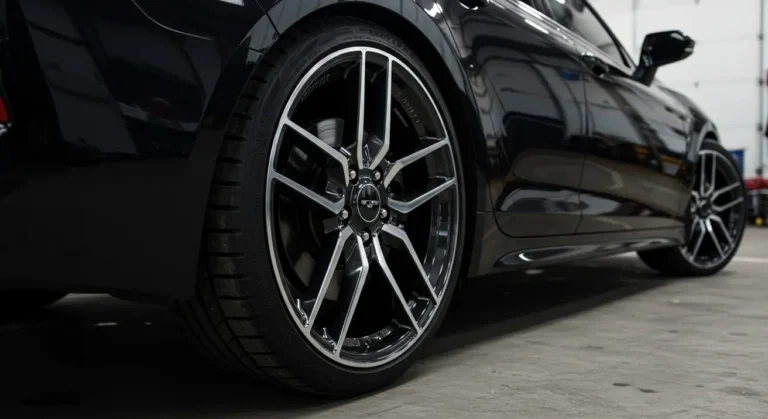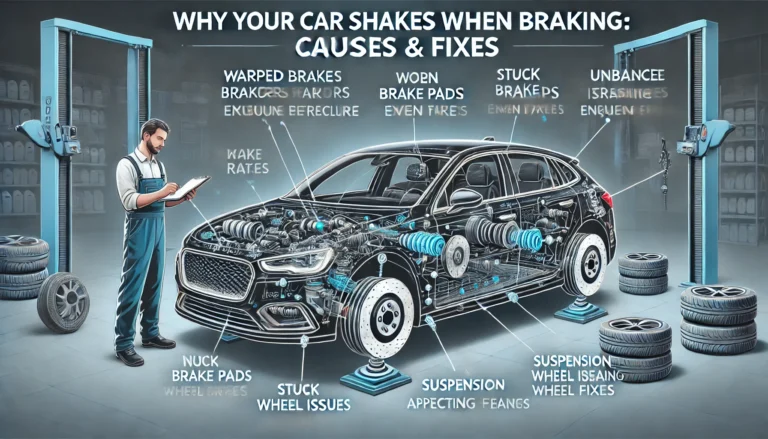How to Remove Paint Transfer From Car? In Just a Few Steps
Paint transfer on your car can be caused due to contact with another vehicle or item. As a result, you will notice a streak of paint from the other surface on your car’s paint. Fixing paint transfer is doable with the proper procedures and tools. In this article, we’ll walk you through the basic solutions on how to remove paint transfer from car.
What Is Paint Transfer?
When paint from another vehicle or object comes into contact with your car, it transfers to its surface. This happens when two cars collide in a parking lot or during a minor accident.
Unlike scratches that go into the surface, paint transfer deposits a layer of one car’s paint on top of your vehicle’s paint. It can appear as a streak or mark. Though it can be irritating, it can be removed easily if you know the right car maintenance tricks.
Tools and Materials Needed to Remove Paint Transfer
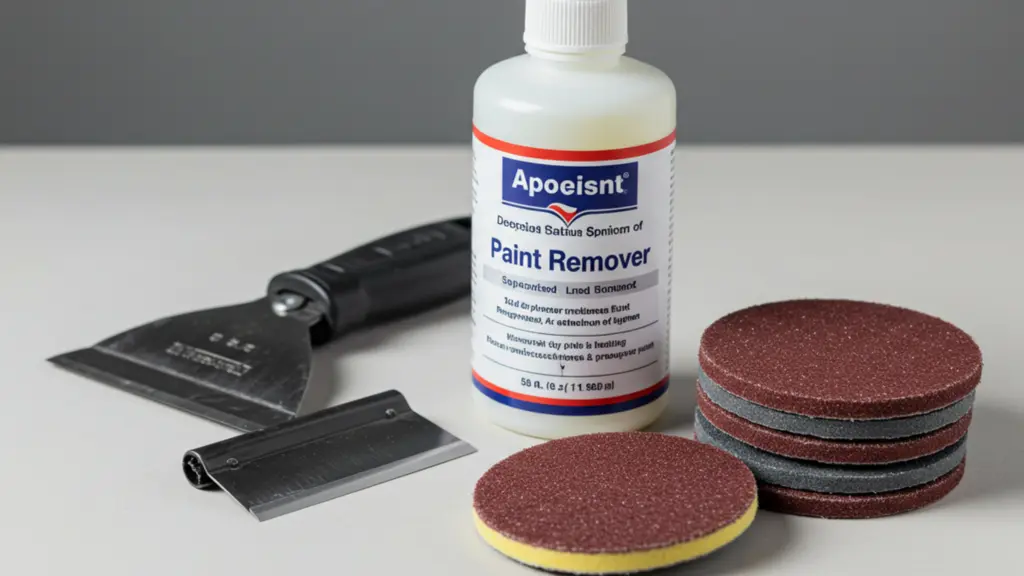
Here are the tools you will need to remove paint transfer:
- Soapy Water and Microfiber Cloths: Clean the area before treatment to avoid scratching the surface.
- Alcohol or Nail Polish Remover: Helps to break down the transferred paint and remove it without causing damage to the car’s paint.
- Clay Bar: Ideal for removing stubborn paint transfer or other things attached to the surface.
- Rubbing Compound: Buffing out the transferred paint smoothes the surface and removes marks.
- Car Polish: It is used for getting a glossy shine on your car’s body, alloy wheels, interior plastic, etc.
- Car Wax: After the paint transfer is removed, it protects and seals the paint to prevent additional harm.
How to Remove Paint Transfer From Car?
Here is how you can remove paint transfer from your car:
1) Clean the Area First
Start by washing the damaged area using soapy water to clear away grime and dirt. This avoids any further scratches when performing the paint transfer. Dry the surface using a clean microfiber cloth before proceeding to the next step.
2) Test with Rubbing Alcohol or Nail Polish Remover
Use a small amount of rubbing alcohol or nail polish remover on a microfiber cloth. Rub the paint transfer with gentle circular motions to check if it comes off. If the paint transfer starts to disappear, keep rubbing gently until it comes off.
3) Use a Clay Bar for Stubborn Transfers
If the remover or rubbing alcohol does not work completely, remove the paint transfer with a clay bar. Spray a lubricant such as a quick detailer on the surface, then rub the clay bar gently over the surface. The clay will remove the contaminants such as the transferred paint.
4) Use Rubbing Compound
For more resistant transfer, buff out the marks using a rubbing compound. Use a small amount of the compound on an applicator pad and rub it into the paint in circular motions. This will break down the remaining paint and smooth the surface.
5) Polish the Area
Once buffed with the rubbing compound, apply a car polish to give the paint its shine back. Use a clean microfiber cloth or an applicator pad to spread the polish evenly. Buff the surface until it appears glossy.
6) Wax for Protection
Finish off by adding a coat of car wax to seal the freshly cleaned surface. The wax provides a barrier against future damage and maintains your paint’s freshness. Apply the wax using a soft cloth and buff it off for a glossy and smooth finish.
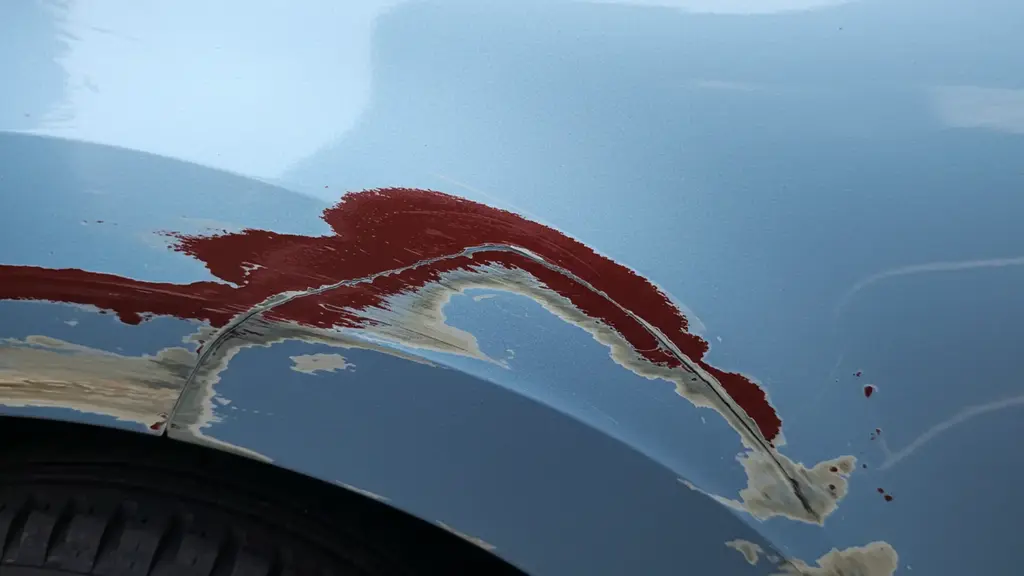
Prevention Tips to Avoid Paint Transfer in the Future
Here are some tips to prevent your car from ever getting paint transfer:
- Park in Safe Spots: Select parking positions that are away from other cars, minimizing the probability of car accident.
- Use Parking Sensors and Cameras: Use these to safely park and stay clear of colliding with other objects or vehicles.
- Choose a Garage or Covered Parking: Having your vehicle in a garage or under cover reduces exposure to possible accidents.
- Install a Paint Protection Film: A clear layer of this on your vehicle’s surface will guard against low-speed impacts.
Conclusion
With the proper tools and techniques, you can easily remove paint transfer from your car. Cleaning the area using rubbing alcohol or rubbing compound will restore the appearance of your car. Polishing and waxing will help to protect the paint, leaving it bright and smooth. Remember, if the damage is severe, getting professional assistance is always a smart idea.
FAQs
Does WD-40 Remove Paint Transfer From Car?
Yes, WD-40 is known for its penetrating capabilities and adaptability that can help loosen and dissolve transferred paint.
How to Get Paint off a Car After a Collision?
Grab a little piece of cotton and soak it in normal alcohol. Scrub the paint gently and it should come off easily.
Does Toothpaste Remove Paint From Cars?
Yes, toothpaste is abrasive enough to remove paint markings while being soft enough not to damage your car’s clear finish.
